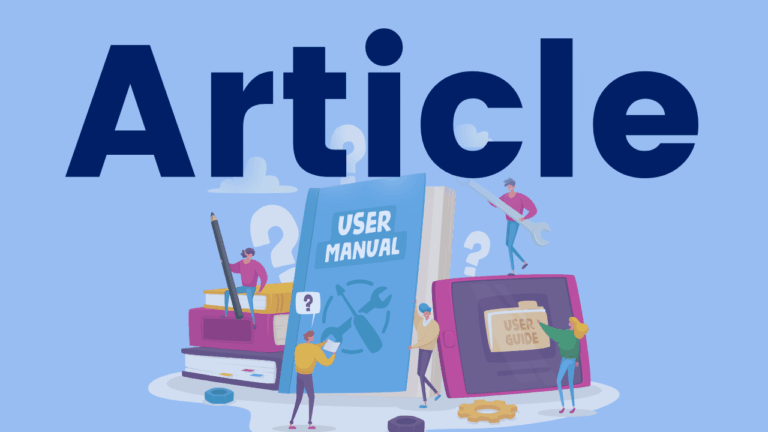Reading For Life: High Quality Literacy Instruction For All
In Reading For Life, author Lyn Stone holds nothing back when sharing research and best practices for literacy instruction, and outlining why some past beliefs and practices have to go for the sake of our students and their reading and writing development. Section 1 covers structured literacy components such as oral language, phonological awareness, phonics,…







